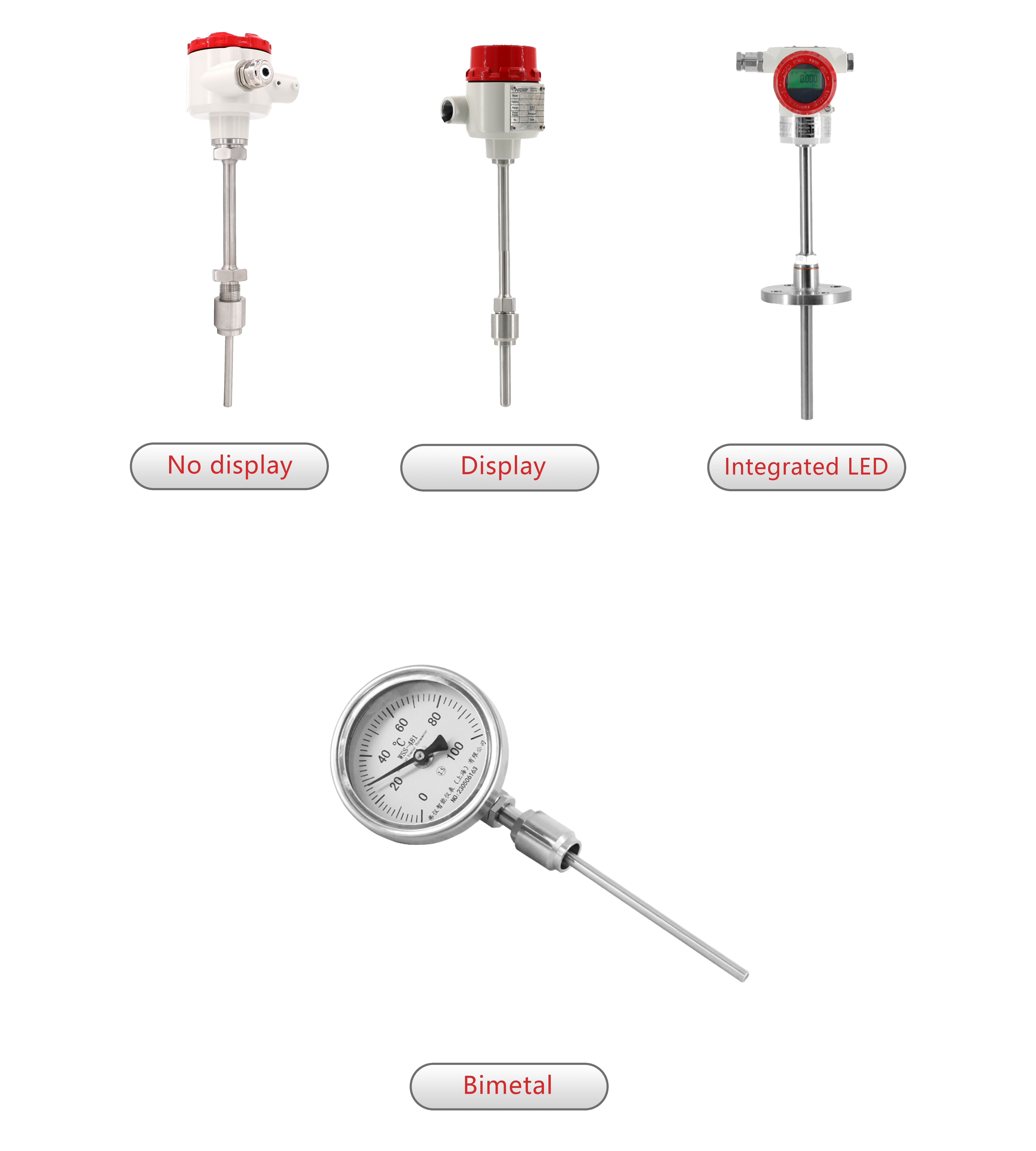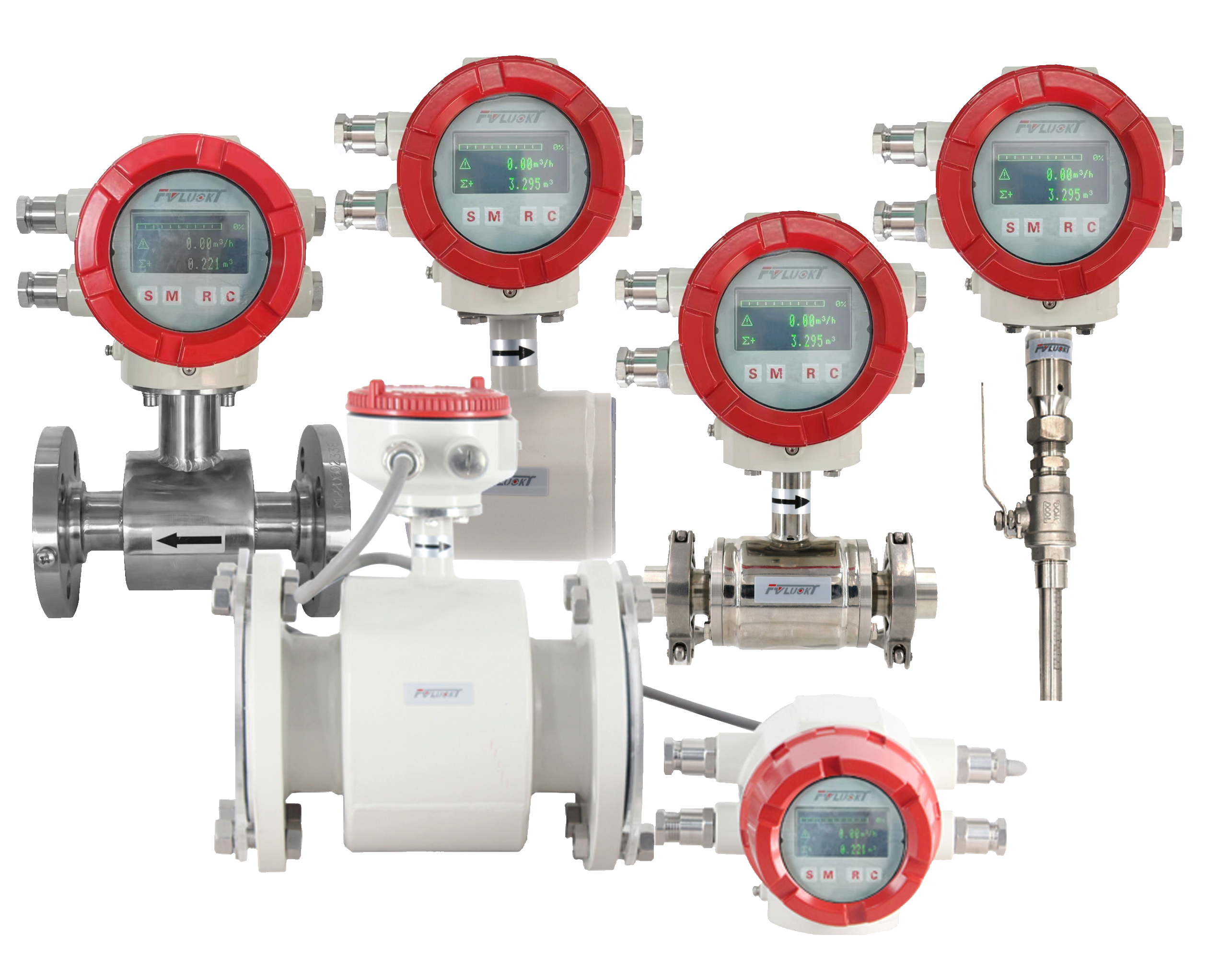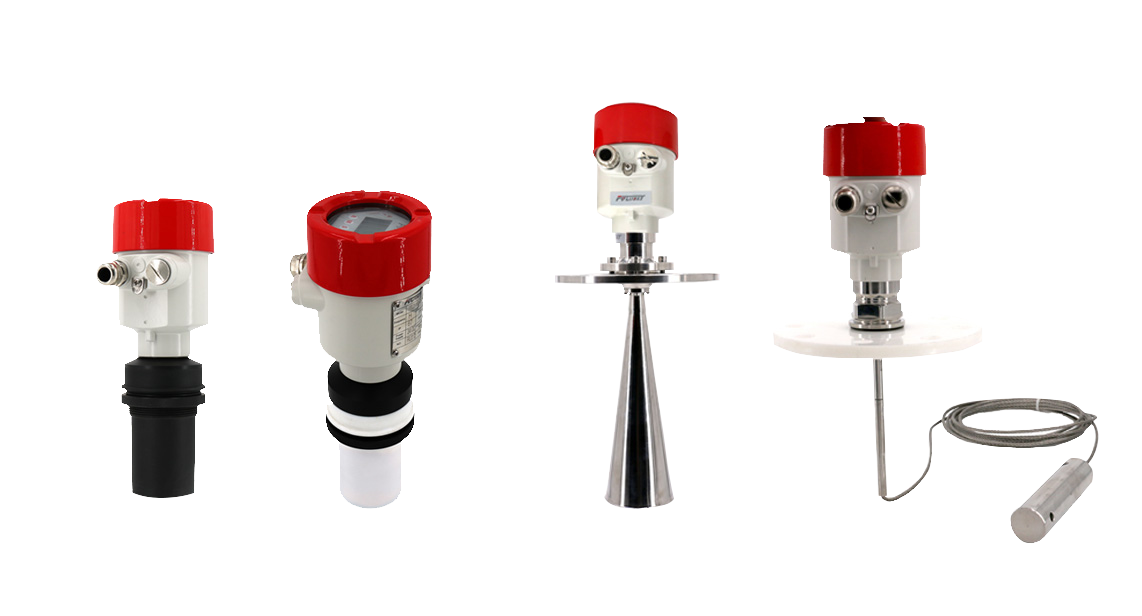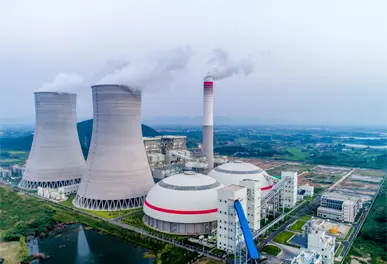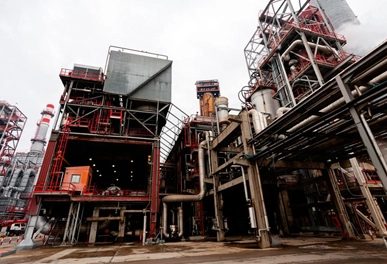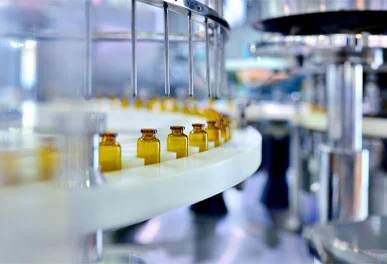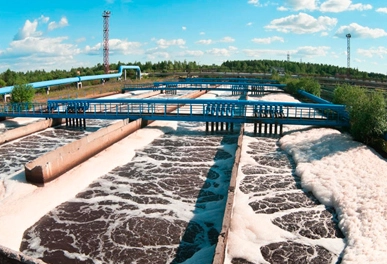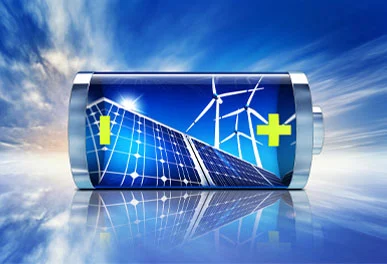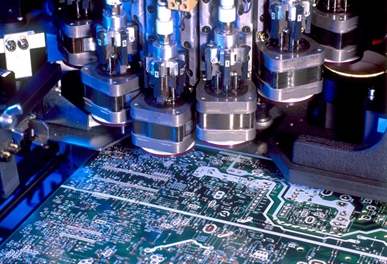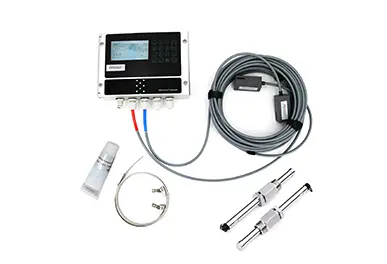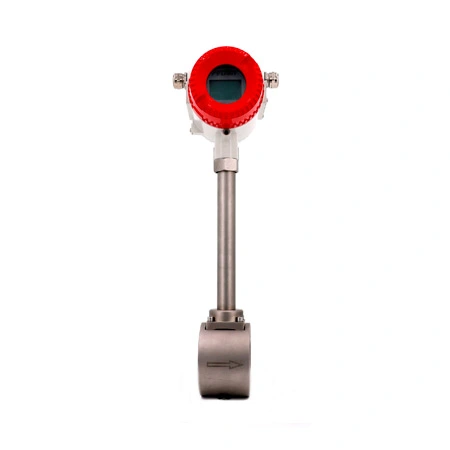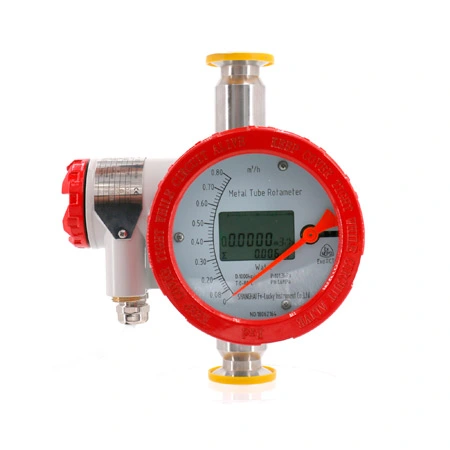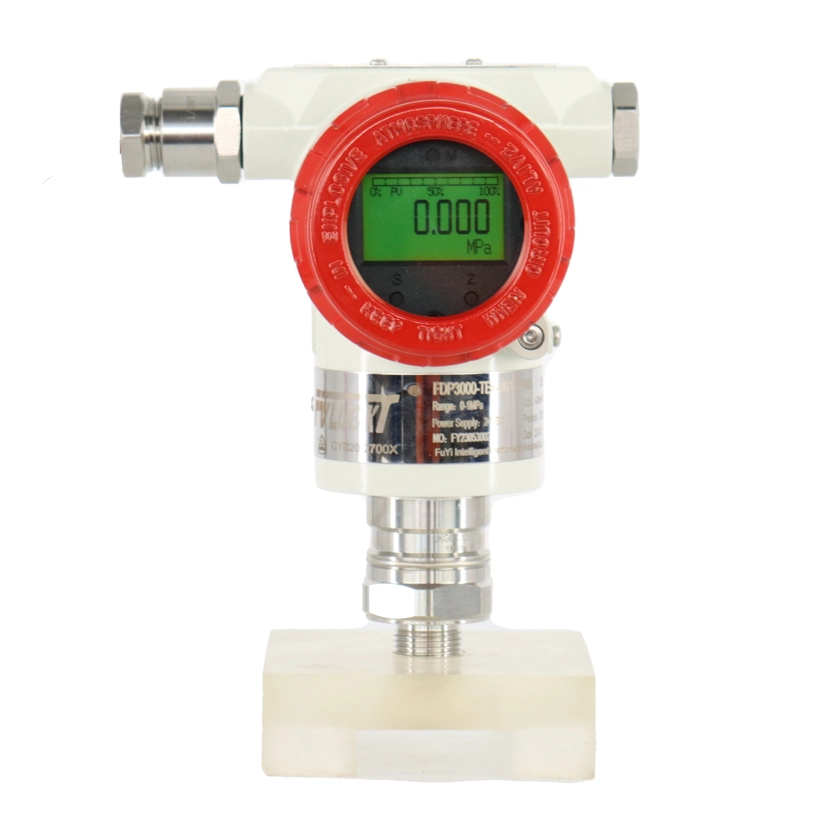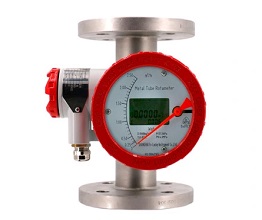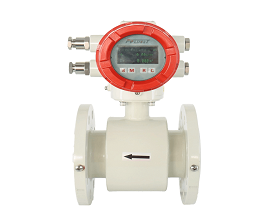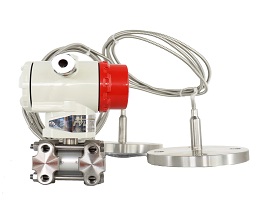Sometimes, users might confuse pressure transmitters with electronic temperature instruments. Although they look similar, there are significant differences in their performance and structure. Below is a detailed introduction to the differences between pressure transmitters and electronic temperature instruments.
Pressure Transmitter
A pressure transmitter is a specialized device whose core function is to accurately measure the pressure of liquids, gases, or steam, and efficiently convert these important physical quantities into standard electrical signals (such as the common 4-20mA or 0~5V) for output. This conversion process allows pressure information to be transmitted and processed remotely, greatly enhancing the level of industrial automation. In the field of industrial automation, pressure transmitters play a crucial role. The smart pressure transmitter even enables remote monitoring and control of the factory production process, thus ensuring production safety and efficiency. Whether it's in heavy industries like oil, chemicals, and power, or light industries like water treatment and food processing, pressure transmitters have an irreplaceable role.
Electronic Temperature Instruments
An electronic temperature transmitter is a sensor device specially used for measuring the temperature of objects. This electronic temperature instrument's core function is to accurately convert temperature signals into standard electrical signals for output. This conversion enables the convenient remote transmission, recording, and processing of temperature information, thereby meeting the precise detection needs of temperature changes in various industrial environments. Electronic temperature instruments are widely used in various industries that require monitoring of temperature changes, such as chemicals, food processing, pharmaceuticals, and metallurgy. In these fields, electronic temperature instruments help companies monitor temperature changes in real time during the production process, prevent potential safety hazards, improve production efficiency, and ensure product quality. With the advent of Industry 4.0, the role of electronic temperature instruments in industrial automation and intelligence will become increasingly prominent.
Working Principle of Pressure Transmitters
Mechanical pressure transmitters primarily rely on elastic elements (such as Bourdon tubes, bellows, etc.) to sense pressure changes. These elements generate displacement or deformation with pressure changes. Subsequently, through a precise mechanical structure, these displacements or deformations drive potentiometers or other electrical components to generate electrical signals corresponding to the pressure changes. Electronic pressure transmitters, on the other hand, directly use physical principles like the piezoresistive effect, piezoelectric effect, or capacitive effect to instantly and accurately convert pressure changes into electrical signals, without the need for intermediate mechanical conversion.
Working Principle of Electronic Temperature Instruments
Resistance Temperature Detectors (RTD) electronic temperature instruments use the characteristic that the resistance value of a metal changes with temperature. By measuring this resistance change, the temperature can be accurately sensed. Thermocouple electronic temperature instruments are based on the thermoelectric effect. When conductors of two different materials are closely joined and there is a temperature difference, an electromotive force is generated at both ends of the conductors. By measuring this electromotive force, the temperature can be determined. Semiconductor temperature sensors use the property that the resistivity of semiconductor materials changes sensitively with temperature. By measuring the change in semiconductor resistance, the temperature can be accurately measured.
Popular Field Instruments
Other Field Instruments Articles

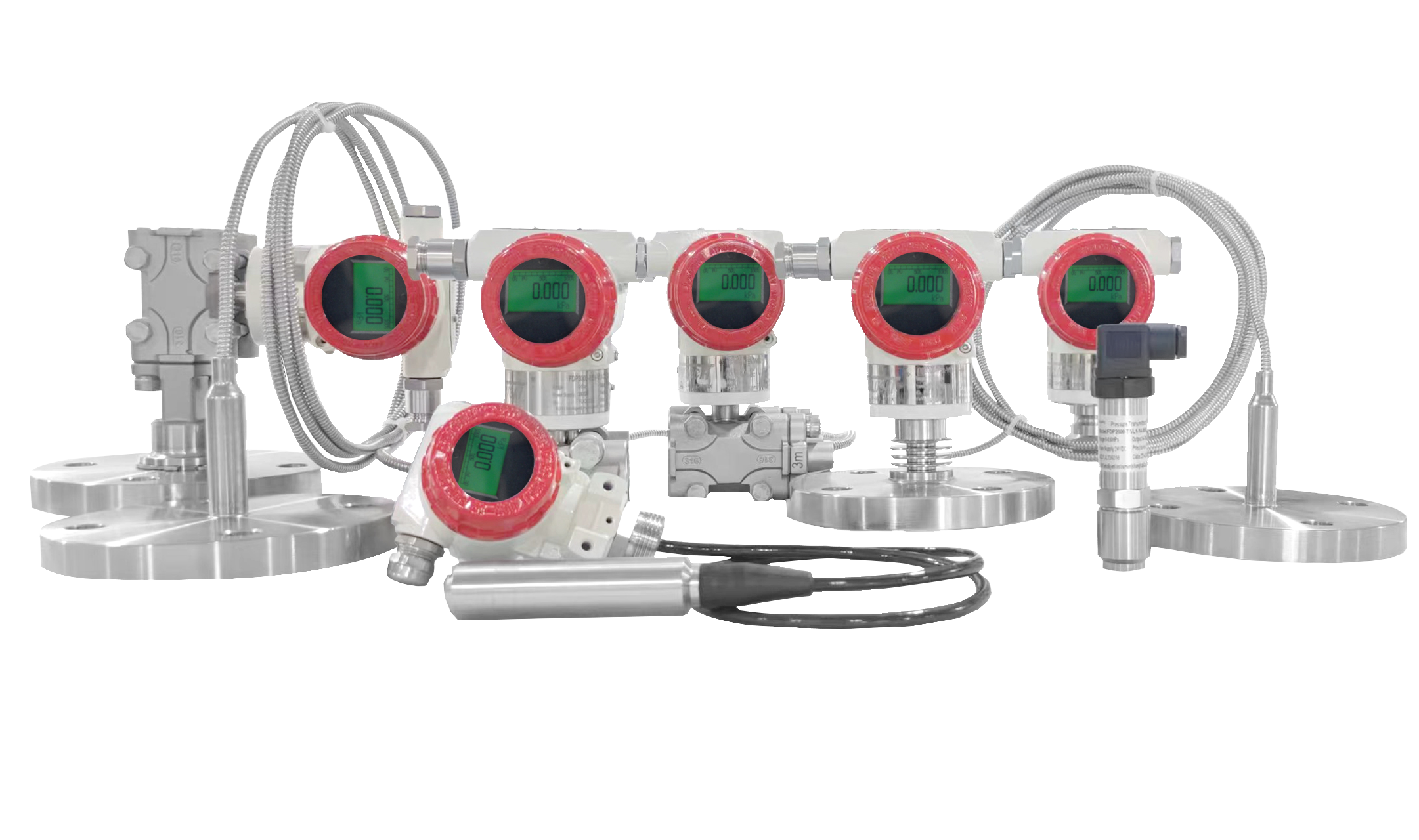 Smart Pressure Transmitters
Smart Pressure Transmitters